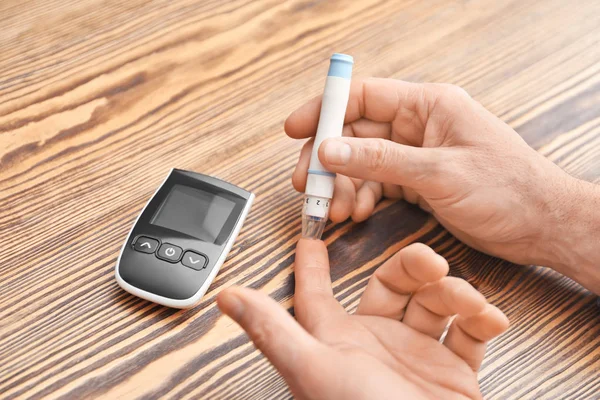Adverts
If you are diabetic, you know that monitoring your glucose levels is essential to maintaining a healthy lifestyle and avoiding future complications. Technology has been a great ally in this process, with the availability of a variety of apps that can help you monitor and control your glucose levels more effectively.
Adverts
This article will explore in detail the best glucose monitoring apps available on the market today, from the simplest and easiest to use, to the most advanced ones that offer additional features such as medication reminders, tracking graphs and even the ability to share the data with your doctor.
We’ll also discuss the advantages and disadvantages of each so you can make an informed choice and select the app that best suits your needs. We’ll also help you understand how these apps work and how they can transform the way you manage your diabetes.
So, get ready to discover a world of possibilities that can make life with diabetes a little easier and a lot more controlled. This is an article you won’t want to miss. Let’s get started!
Adverts
The world of apps and glucose control
Technology has played an increasingly important role in our lives, making daily tasks easier and even helping us maintain our health. One of the areas where this is very evident is in the management of diabetes, a chronic disease that requires constant monitoring of blood glucose levels. Fortunately, there are apps that can help with this task, offering features such as measurement reminders, monitoring charts and even hypoglycemia or hyperglycemia alerts. Let's take a look at some of them.
Advantages of glucose monitoring apps
Glucose monitoring apps offer several advantages. These include the ability to monitor blood glucose levels in real time, record food intake and exercise, and set reminders for glucose measurements and medication intake. In addition, many apps allow you to share this information with healthcare professionals, facilitating communication and medical monitoring.
GlycoGuardian
O GlycoGuardian is an app designed to help you effectively manage your diabetes. It allows you to track your blood glucose levels, food intake, and exercise. In addition, the app also offers reminder functionality, so you never forget to measure your glucose or take your medications.
GlycoGuardian also allows you to view monitoring graphs, making it easier to understand glucose trends and identify patterns. In addition, the app has an alert system that alerts you when glucose levels are too high or too low.
mySugr
O mySugr is another app that stands out when it comes to glucose control. It offers a user-friendly and fun interface, turning diabetes management into a kind of game. The app allows you to record glucose levels, carbohydrate intake, exercise, and other relevant information.
mySugr also offers a feedback system, which helps you understand how different aspects of your life affect your glucose levels. Additionally, the app has a data export functionality, which allows you to share your information with your healthcare team.
Glyc
Finally, the Glyc is a Brazilian application that aims to facilitate diabetes control. It allows you to record glucose levels, food intake, exercise and medication intake. In addition, it is also possible to set reminders so that you never forget to take care of your health.
Glic also offers monitoring graphs, which help you visualize the evolution of your glucose levels and identify possible patterns. In addition, the app allows you to share your information with your medical team, facilitating monitoring and communication.
These are just a few examples of how technology can help you manage your diabetes. There are many other apps available, each with their own features and functionality. The important thing is to find the one that best suits your needs and preferences. Always remember to consult your doctor before starting a new app to make sure it’s right for you.
Conclusion
After a careful analysis of the various apps available to assist with glucose monitoring, it is evident that they present a variety of notable advantages and qualities that can significantly help those who need to manage conditions such as diabetes.
First, most of these apps offer the convenience of being able to log and track glucose levels over time. This allows users to easily visualize their glucose trends and identify any patterns or irregularities. Second, these apps often also allow users to log additional information, such as physical activity and food intake, to help better understand how different factors may affect their glucose levels.
Additionally, many of the apps reviewed have additional features, such as reminders to check glucose levels or take medication, which can be extremely helpful for those with busy schedules.
In short, glucose monitoring apps are valuable tools that can make it easier to manage diabetes or other similar conditions. These apps are not a substitute for medical advice, but rather a complement that allows users to have greater control and awareness of their health. It is important to choose an app that meets the individual needs and preferences of each user, considering usability, features offered, and reliability of the data provided.


